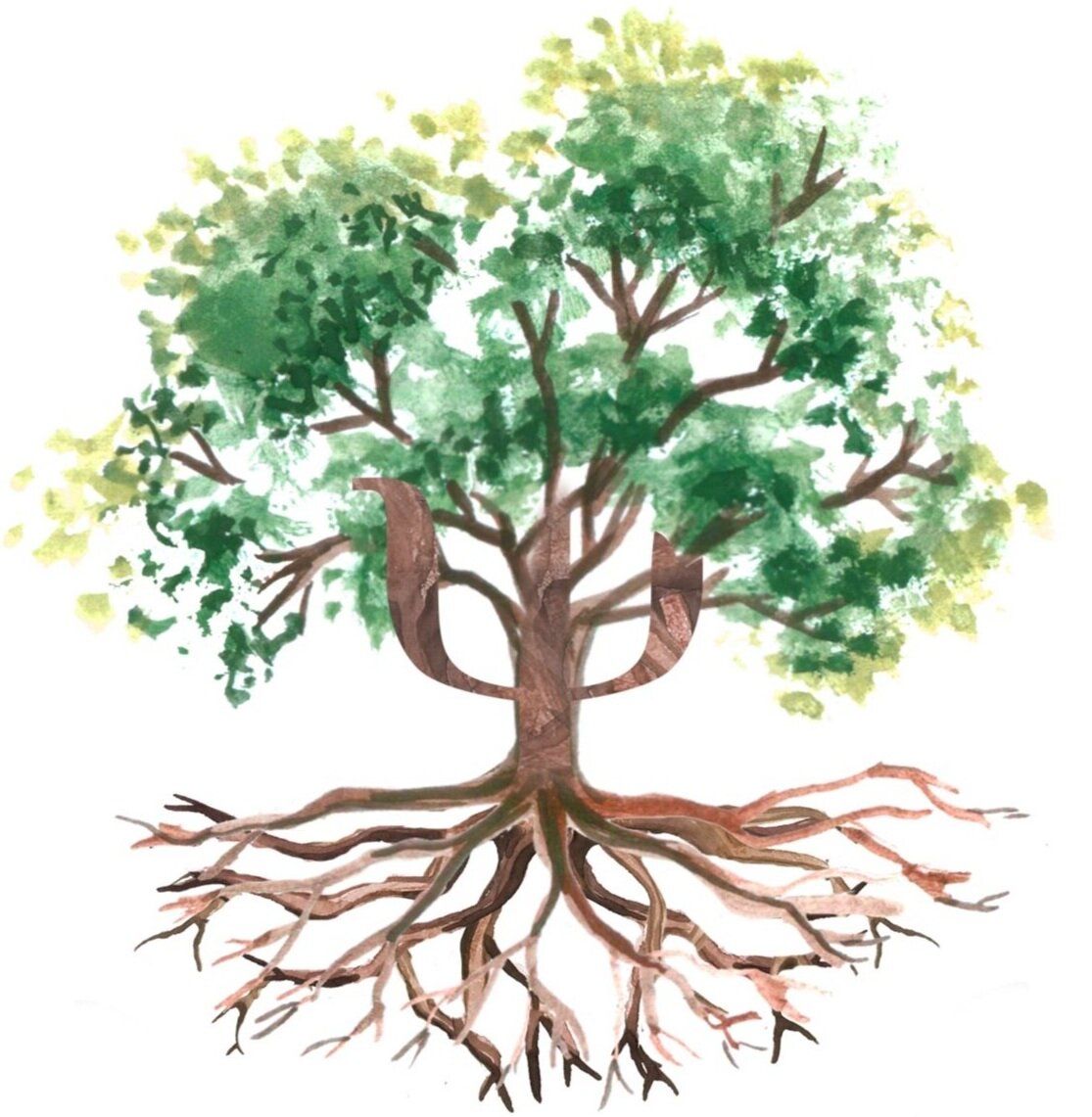TRAUMA AND STRESS DISORDERS
Acute Stress Disorder (ASD) After Trauma: Signs and Help
“Does it mean that I have this disorder if I am feeling very stressed?”
The stressors from Acute Stress Disorder is often associated with traumatic events such as experiencing a natural disaster (e.g. earthquake, tornado, or fire) or an unfortunate event (e.g. rape, traffic accident, or mass shooting). Acute Stress Disorder typically develops shortly after a deeply traumatic incident. It can occur to people who were direct victims or witnesses of a traumatic event.
The effects caused by a traumatic event can be so overwhelming and distressing that they cause significant dysfunction to one’s life. In such cases, it is recommended to seek professional help as early as possible.
Prevalence rate
Acute Stress Disorder ranges from 6% to 33% in people who have experienced trauma. The probability of developing ASD depends on some of the following factors:
Ψ Type of the trauma (e.g. people who experienced mass shooting have 33% in developing ASD)
Ψ Proximity (e.g. how close they were to the traumatic event)
Ψ Helplessness (e.g. how helpless they were during the traumatic event)
Ψ Experienced some forms of abuse when young (e.g. childhood physical or sexual abuse)
Symptoms
Dissociative symptoms
Ψ Dissociative amnesia (i.e. unable to recall important aspects of the traumatic event)
Ψ Derealization (i.e. feel detached from reality and your surroundings)
Involuntary reliving of traumatic experience
Ψ Recurrent flashbacks or illusions about the traumatic event
Ψ Reliving the same sensational experience during the traumatic event
Ψ Recurrent and distressing trauma-related nightmares
Avoidance
Ψ Avoid external triggers that remind you of the traumatic events (e.g. places, objects, or people)
Anxiety or Hyperarousal
Ψ Distress when reminded of the traumatic event
Ψ Easily anxious or irritable with little or no provocation
Ψ Sleep disruption
Negative mood
Ψ Inability to feel happy and have a low mood
Ψ Experience negative thoughts
What is the difference between ASD and Post-Traumatic Stress Disorder (PTSD)?
ASD sounds almost similar to PTSD. In fact, ASD is actually an antecedent of PTSD.
ASD can slowly progress into PTSD if it is not addressed well. ASD usually develops soon after a traumatic event, and the symptoms typically last about 3 to 4 weeks. On the other hand, in order to be diagnosed with PTSD, the symptoms and significant dysfunction caused by the traumatic event must last for at least a month. These symptoms can also persist up to a few years.
Thus, early intervention is key for people who experienced a traumatic event to prevent the onset of ASD, or the progression of ASD into PTSD.
Therapy options for ASD
ASD can be addressed. In fact, the prognosis of ASD improves if the therapy starts early.
Cognitive-behavioral therapy (CBT)
CBT is often used during the aftermath of a traumatic event to prevent the onset of ASD, especially in the first two or three weeks after the occurrence. Even for those who are already diagnosed with ASD, CBT can also be used to alter incorrect thoughts and behaviours as well.
Going through a traumatic experience makes us more likely to engage in dissociative amnesia or false memories. This is because the event was so traumatic and distressful that we only remember bits and pieces of the event, making us susceptible to recalling information inaccurately. The suppression of unwanted traumatic memories also makes it difficult for us to recollect what has actually happened. Therefore, CBT is used to correct the cognitive distortions that clients may have of the traumatic event, and also to correct the false belief that the world is unsafe.
Mindfulness
Experiencing a traumatic experience may put an individual under a great amount of distress, and this stress is further exacerbated by the recurrent reliving of the traumatic experience. Mindfulness-based therapies are thus here to help us cope with such stress and focus on the present moment. By gathering our attention to our surroundings, it helps us to live in the present moment instead of revisit the past traumatic event.
Mindfulness also includes looking at the traumatic experience with a nonjudgmental lens. It teaches us that we should not to label our experiences as ‘good’ or ‘bad’, nor should we let the experience define who we are. You can find out more about mindfulness therapy here.

